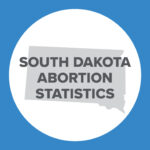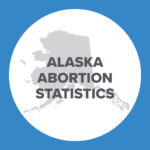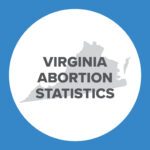Intervals and Outcomes of First and Second Pregnancies in Low-Income Women: A Record-Linkage Longitudinal Prospective Cohort Study
Additional Author: Christopher Craver
Abstract
BACKGROUND: The number of pregnancies and interval between pregnancies can have significant impact on a woman’s reproductive, psychological, and general health. Exposure to multiple reproductive losses is especially associated with higher rates of negative outcomes.
MATERIAL AND METHODS: Medical records from 1999-2012 for all Medicaid beneficiaries born after 1982 in the 17 states that provide coverage for all reproductive services (N=2 162 600) were examined to identify the timing of subsequent pregnancies and their outcomes within 3 years of a first known pregnancy.
RESULTS: One year after their first pregnancy outcomes, 22.6%, 17.8%, and 11.7% of women who had an induced abortion, a natural loss, or a birth, respectively, conceived at least 1 additional pregnancy. By the second year, the percentage of repeat pregnancies rose to 37.5% after an abortion, 25.6% after a natural loss, and 23.1% after a birth. Graphing the weekly conception rates revealed that women who had abortions and natural losses showed similar patterns of rapid repeat pregnancy, with the rate of second conception spiking quickly within 3 to 4 months after the first pregnancy outcome.
CONCLUSIONS: These findings support the clinical evidence that pregnancy loss may contribute to rapid repeat pregnancies and may better inform interventions to reduce rapid repeat pregnancies.
Read Complete Article
























